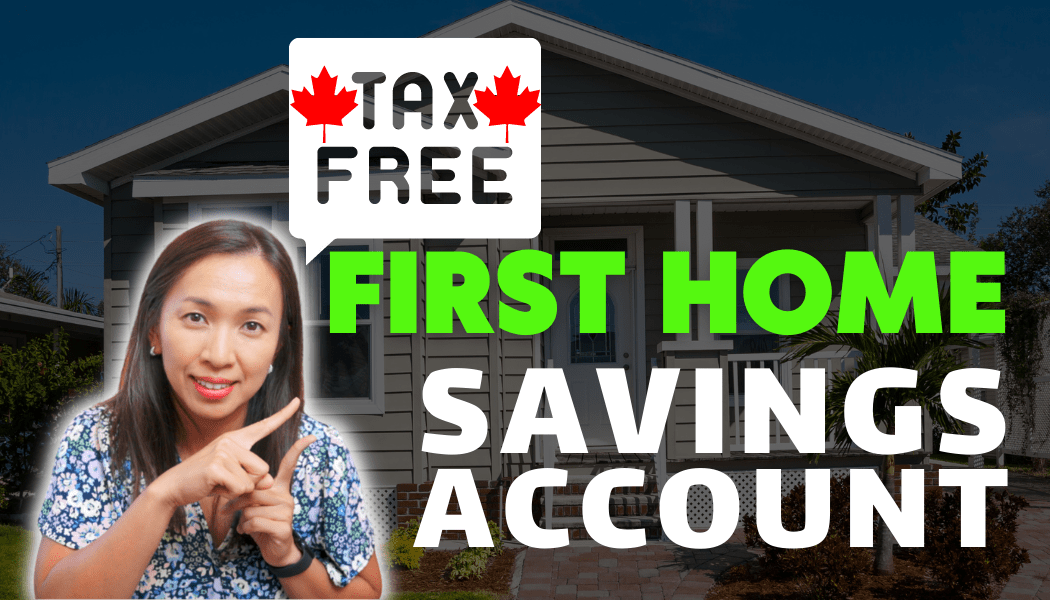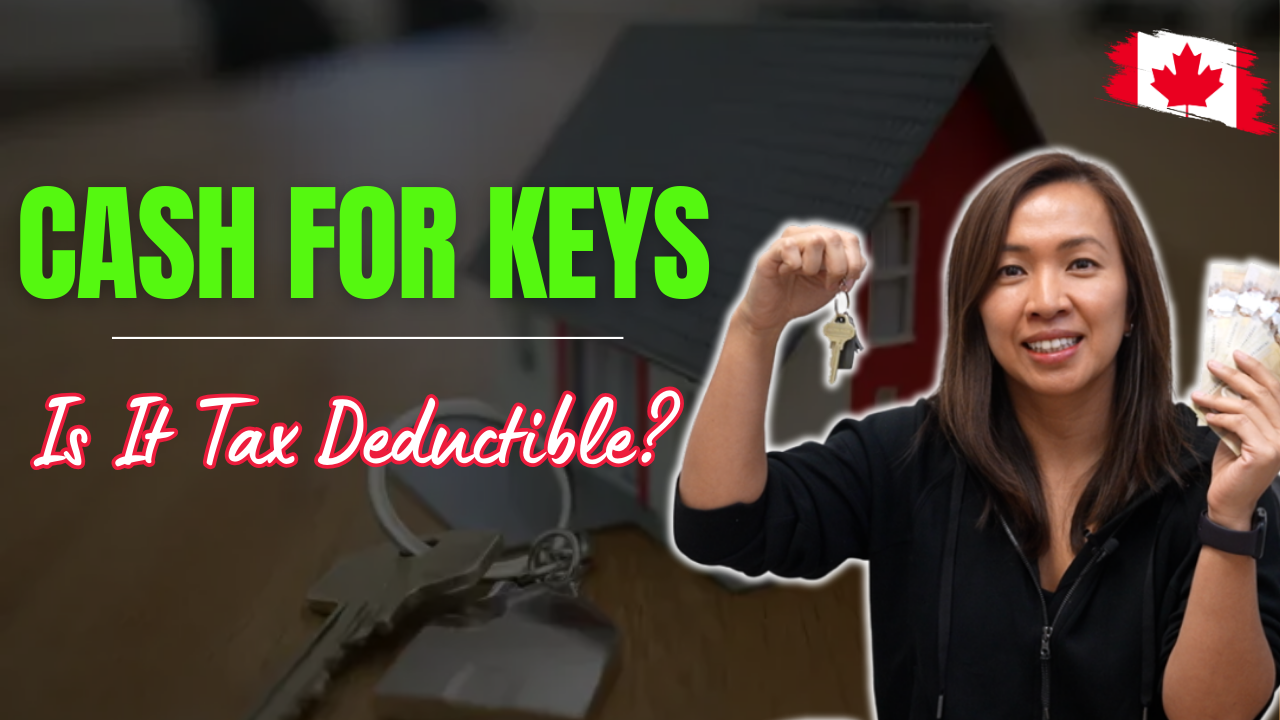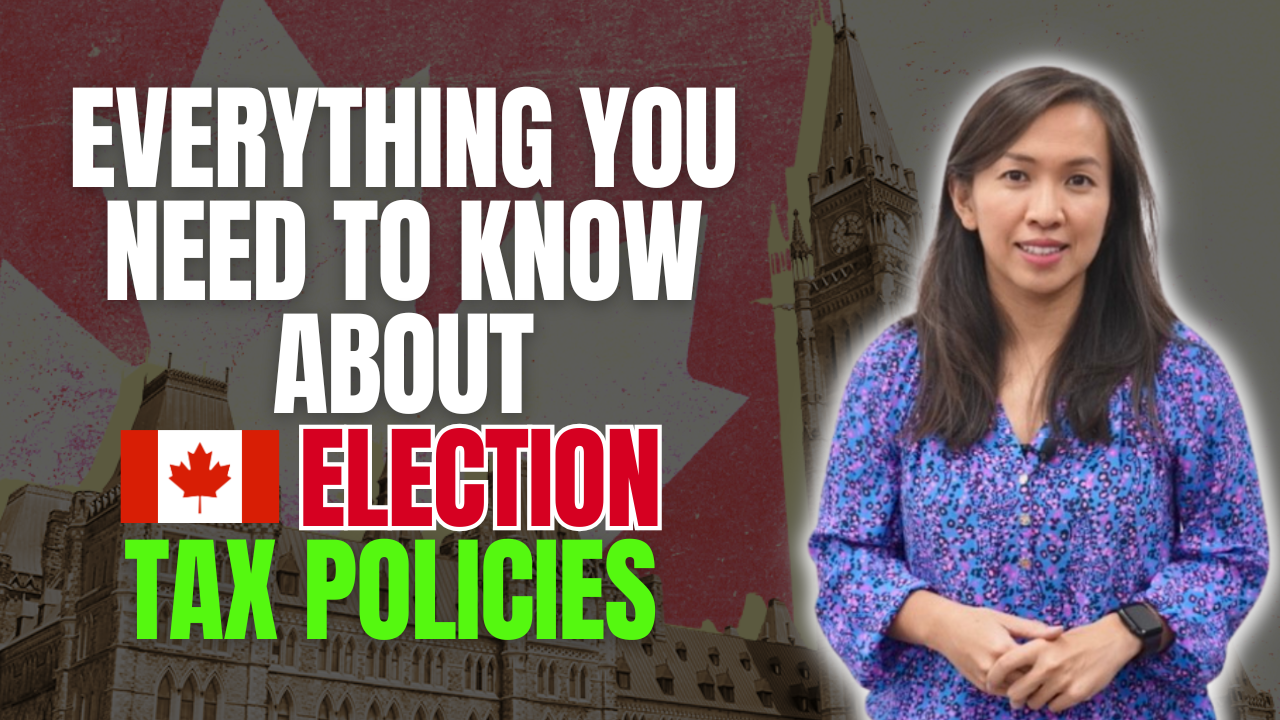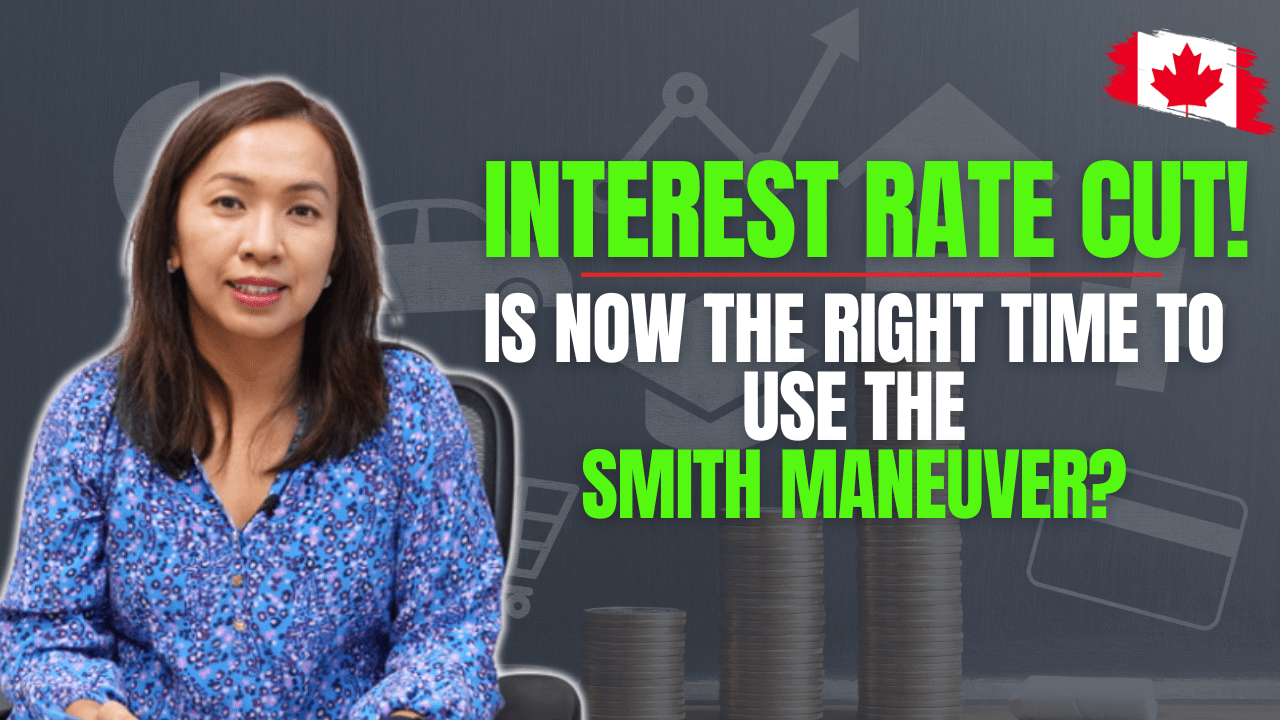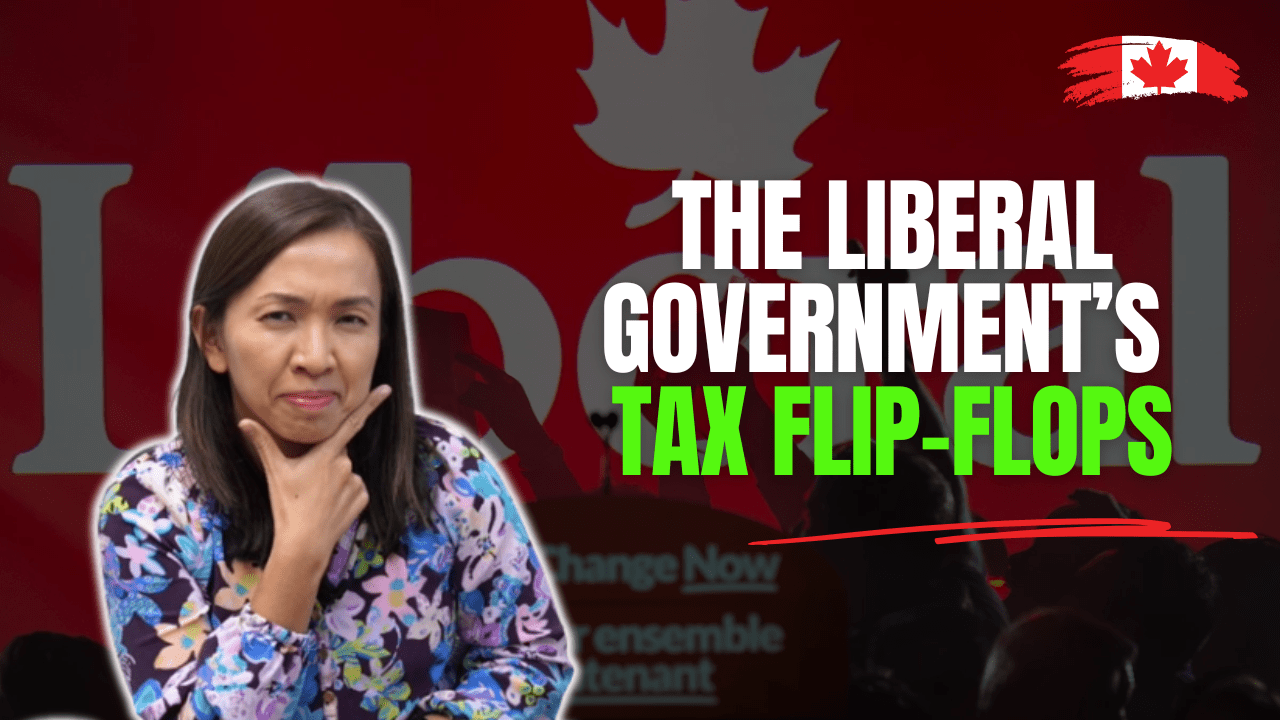Do you own your own home yet? If not, are you wondering how you would be able to afford buying your first home?
Are you wondering the type of tax credits and plans you can potentially take advantage of when you are buying your first home for the first time?
Earlier this year, I did a video on how to Buy Your Home with Little Money.
On top of all these videos presented, the Canadian Federal Government also announced the introduction of the Tax Free First Home Saving Accounts in an attempt to help Canadians purchase their first home.
Recently, the government had released the first draft of the legislation to discuss the ins and outs of the design of the Tax Free First Home Saving Account.
Let’s dive deeper into the ins and outs of this new Tax Free First Home Saving Accounts
What is a Tax Free First Home Saving Accounts?
As one of the many plans to help Canadians acquire their first home, the Federal government announced in Budget 2022 the creation of the First Home Saving Accounts.
The idea with the tax free first home saving accounts is that qualified Canadians residents make contribution to their Tax Free First Home Saving Account (FHSA) and have a tax deduction against their personal tax income.
But…How does it really work?
FHSA allows qualified first-time home buyers,
- Ability to save $40,000 on a tax-free basis and this $40,000 is a lifetime contribution limit
- Maximum annual contribution limit is $8,000
- Contribution to the plan can be tax deductible, similar to contributions you made to Registered Retirement Saving Plans (RRSP)
- Withdrawals to purchase a first home, including the investment income you’ve earned within the FHSA, is non-taxable, similar to a Tax Free Saving Account (TFSA)
- Expected date of introduction will be sometime in 2023. Regardless when the office legislation comes out, qualified Canadians residents would still be eligible to contribute the full $8K annual limit in 2023.
Who’s considered as Qualified First-time Home Buyers for FHSA?
This may surprise you. You don’t need to be the first time buying a home to qualify.
To qualify to open a First-time home buyers saving account, you have to meet the following criteria:
- At least 18 years old
- Must be a “first-time home buyer”, meaning that you have not owned a home that you lived at any time during the part of the calendar year before ethe account is opened or at any time in the preceding four calendar years
Now…this means that if you own a rental property and you’ve always lived with your parents, you are still eligible to open this FHSA account – because you have never owned a home that you lived at any time in the four previous years.
In 2020, the first time home buyer definition has also been expanded to include taxpayers who are separated, divorced or experienced a common-law partnership breakdown. At the time of withdrawal, taxpayers must be living separate and apart from their spouse or common law partner because of relationship breakdown for a period of at least 90 days or the previous 4 calendar years.
How does the FHSA help me buy a home?
Well, let’s use an example to explain.
Let say you are currently making $100,000 from your day job and you meet the definition of first time home buyers mentioned earlier.
You are not sure if you would ever buy a home on your own, but you do believe in savings, so you decide to open a FHSA account.
In 2023, you open a new FHSA account and contribute $8,000 annually for five years – reaching the lifetime contribution limit of $40,000.
Remember that our Canadian personal tax system is a progress tax system, the more income you make, the more tax you would have to pay.
At $100,000 salary level, your marginal tax rate is 38%.
You contribute $8,000 – this comes off from your marginal tax rate. You get to save $8,000 * 38% tax rate = $3,040
Assuming you are making the same amount of income the next few years, each year, by contribution $8,000 to your FHSA account, you get to save $3,040 taxes.
Five years later, you get to save $15,200 personal income tax.
That’s nice, isn’t it? This tax savings from contribution is similar to RRSP.
Now, let’s say you also invest these amounts into the stock market, earning an annual dividend yield of 5%. Some of the big five banks are currently paying 5% dividend yield so it isn’t uncommon to earn 5% dividend yield these days.
By the end of the fifth year, with compounding, you will have $46,415 left in this FHSA account.
If you are still undecided as to whether you will be buying at house at that point, you can keep this FHSA account open, it will only “die” at the earlier of you turn 71 or the 15th anniversary from the day you open your FHSA.
Now say 10 years from now, you are interested in buying your own home for the first time. At that time the balance of the account is $85,000.
You can withdraw this $85,000 completely tax free.
Neat, isn’t it?
You saved $15,200 when you during the years that you make the contribution.
You also saved the taxes on the additional $45K investment income you accumulated in the account. Using the same tax rate of 38% – tax savings on investment income you earned within FHSA is $17,100.
So total tax savings of $32,300!
What if you never end up buying a home?
If you never end up buying a home before the end of 15th anniversary of your FHSA, you can choose to transfer all your investments to your RRSP account on a tax free basis.
This will not reduce or be limited by the available RRSP contribution room.
You can also choose to withdraw the amount from your FHSA at that point, but the amount withdrawn is taxable, similar to a RRSP withdrawal.
How does this compare to the Home Buyers Plan within the Registered Retirement Saving Plans?
You can’t use the Home Buyers Plan to purchase your first home AND use First Time Home Buyers Savings Account at the same time.
You can only choose either Home Buyers Plan OR the FHSA account.
Home Buyers Plan allows a “first time homebuyer” to withdraw up to $35,000 from his/her RRSP to purchase their first home without triggering any tax on the withdrawal amount. The first-time homebuyer definition is the same as what we discussed earlier.
The amounts withdrawn under the Home Buyers Plan would have to be repaid over a period of 15 years, starting second year following the year of the withdrawal.
If you miss an annual repayment, the minimum repayment amount is included in income instead.
So…the bottom line, timing matters.
Taxpayers will take about 5 years to max out on their FHSA lifetime contribution limit after the legislation comes into effect. There’s a maximum of $8K you can contribute on an annual basis. If you are a planner and a saver, start early, save early and FHSA is the way to go.
Home Buyers Plan on the other hand can be done in the same year before you purchase the property assuming that you have the RRSP contribution room available. If you are last minute, and you have limited amount of FHSA contribution room available, it may be more beneficial to go with HBP withdrawal instead.
A few things you need to know about contributing to FHSA
You have a maximum annual contribution limit of $8,000. You can’t contribute more than that amount.
If you miss an annual contribution, you can only carry forward maximum of $8,000 to the following year – this means that you can contribute a maximum of $16,000 in year 2.
However, if you miss year 2’s contribution again, the maximum carry forward contribution room is still $8,000. In Year 3, you can only contribute up to a maximum of $16,000.
Lifetime maximum contribution limit is $40,000. If you withdraw the amount for the qualified purpose, i.e. buying your first home, you can withdraw the amount in your FHSA including any accumulated investment income, tax-free.
Unlike RRSP, your contribution to this FHSA account has to be done in the same calendar year. You do not have the ability to contribute to your FHSA the following year.
Interest on money borrowed to contribute to your FHSA is not tax deductible – similar to RRSP and TFSA.
You can invest your FHSA the same way you invest your money in your TFSA and RRSP accounts. Type of investments allow include stocks, qualified Real Estate Investment Trust, private lending, mortgages, bonds, etc. You wouldn’t be able to own a home directly within your FHSA.
You’ll be paying 1% tax on any over-contributions to FHSA.
You can have multiple FHSA with multiple institutions, but the combined total of contribution should be less than the annual contribution limit.
As you can see, a First Home Savings Account can provide significant tax advantage to Canadian taxpayers who are looking into buying a home.
Now that you have learned so much about this upcoming FHSA account, let me know your thoughts on how this could help fellow Canadians to purchase their first home.
Just a word of caution though, the information presented before is based on the draft legislation released in August 2022. The FHSA account will be launched and available sometime in 2023. Final legislation will be released in 2023 as well.
Make sure you hit the subscribe button to stay on top of the latest legislative release.
Until next time, happy Canadian Real Estate Investing.
Cherry Chan, CPA, CA
Your Real Estate Accountant
P.S. Erwin and I are hosting the most anticipated event for the year – also known as the Wealth Hacker Conference Saturday, Nov 12 this year. When we hosted this event in 2019, over 1,500 hardworking Canadians joined us learning all different types of wealth hacks. Find out more about the event at www.WealthHacker.ca
